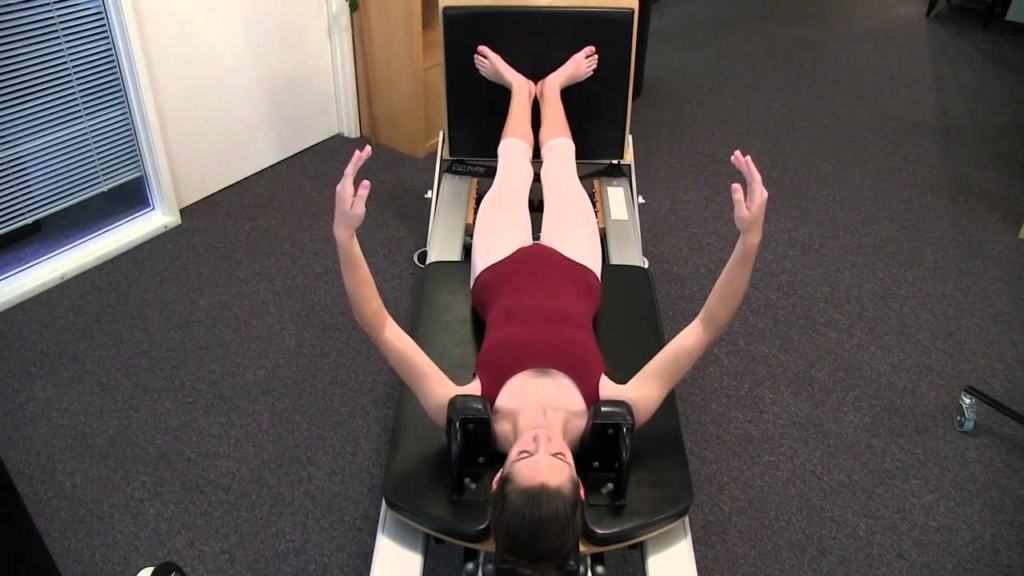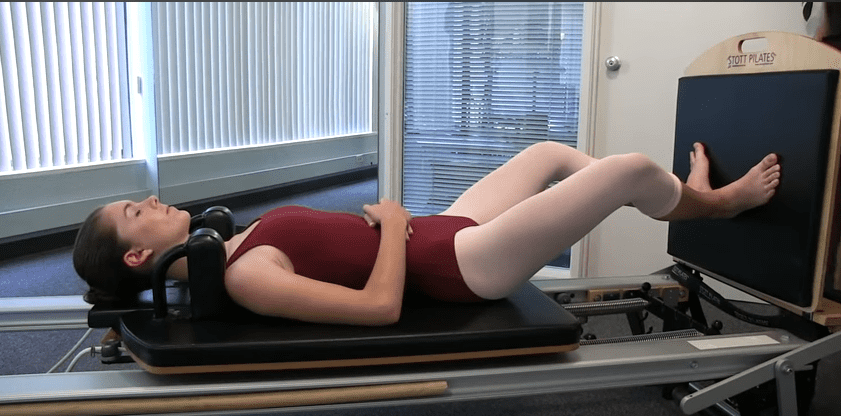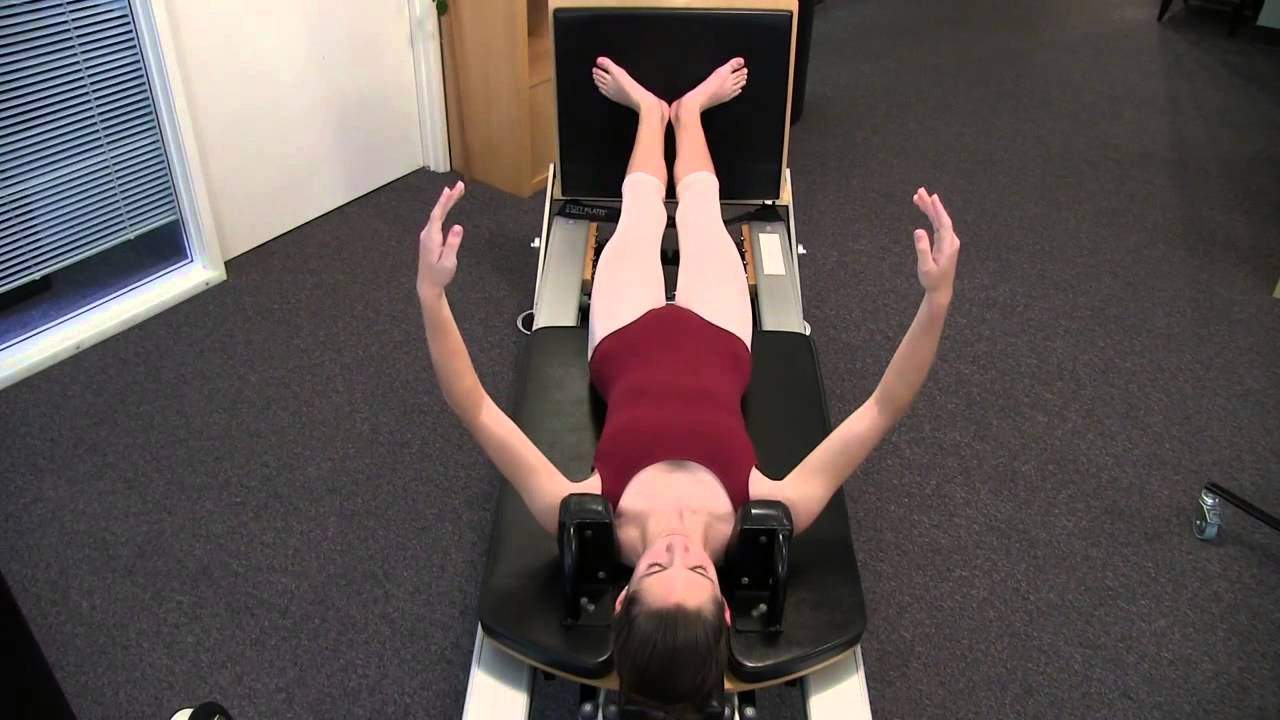Research indicates that female ballet dancers are susceptible to injuries at a young age. Yet, early assessment techniques and principles—followed by Pilates exercise— may provide valuable insight, alert dance teachers of non-optimal patterns and prevent injuries from happening.
In 2014, Melanie Byford-Young and Leslie Braverman were invited to present at the annual International Association of Dance Medicine & Science (IADMS) Conference on the use of key assessments to prevent injury in young female ballet dancers. Though this was presented nearly nine years ago, sound movement concepts and biomechanics don’t go out of style.
Here they share their insights and favorite Pilates exercises for dancers.

+Core Alignment— assess a students resting posture when standing in first position
+Dynamic Interaction of the Foot, Knee and Hip—assess how a dancers bend their knees and absorbs forces from the floor
+Dynamic Core Control—assess how a dancer bends forward and back and returns to standing
+Stance and Weight Transfer—assess the way a dancer transitions weight from two to one foot and back to two feet
Core Alignment
“Standard Posture” is defined when the spine presents the normal curves and the bones of the lower extremities are in ideal alignment for weight bearing. In addition, chest and upper back are in a position that favors optimal function of the respiratory organs and the head is in a well-balanced position that minimizes stress on the neck.
+ Assess a dancer’s standing posture from side, back and front views. From front and back views: The head, center of the thorax (heart), center of pelvis and center of midfoot (talus) should be in alignment. From the side view: The center of the head, hip (greater trochanter) and ankle (lateral malleolus) should be in alignment.
+ Follow-up with exercises that promote neutral alignment of all the joints like supine plié on the reformer.

Dynamic Interaction of Foot, Knee and Hip
Dancers plié (bend their knees in lateral rotation) hundreds of times during a ballet class. Done well their joints should be a bend with ease—free of gripping and bracing techniques. The hips should fold and the knees should go directly over the feet. The feet need to adapt to the ground—the mid-foot elongates and widens instead of rolling into pronation or excessive supination.
+Assess a dancer’s plié in first position to determine if all the joints bend well and in alignment.
+Teach supine plié on the reformer. The positioning of the body on the reformer helps a student feel the ideal alignment of the spine, head and neck while integrating the correct movement of the foot, hip and ankle.
Dynamic Core Control
A ballet dancer learns to cambré forward and back in ballet class—she will practice standing, lengthening the spine upwards and then arching the spine forward or back into a rounded or extended position and then returning upright. It teaches a student to continuously and fluidly flex or extend the spine while in a standing position. Students must be able to return the body back up to a standing position, all while coordinating the arms and head.
+Assess a dancer’s ability to bend forward and roll up. A forward fold begins at the hips then progresses to a balance rounding of the spine. The roll up should be smooth from bottom to top. The pelvis should stack back vertically over the hips.
+Assess a dancer’s back bend. It should begin with the elongation of the spine and a posterior rotation of the pelvis and progress to a balanced curve of the spine. The spine should return to standing from bottom to top with the pelvis re-stacking over the hips and ribs over the pelvis.
+Use the Pilates stability chair to teach a dancer Cat Standing Front and Swan Dive to learn how to mobilize the spine properly and restore the body back up to an ideal position.
Stance and Weight Transfer
Being able to transfer weight easily and effortlessly is paramount for any dancer; the inability to do so well can lead to break down in technique and in the body.
+Assess tendu front. The weight should begin centered between both feet. The pelvis, ribs and head should remain centered. The weight should seamlessly shift so the stance hip joint is over the ankle (talus). The pelvis should remain level. The stance foot should remain balanced and in contact with the floor. The rib cage should not shift from center. The dancer should return to two weighted feet.
+Front Split Variation on the reformer is a great exercise because it is fundamental to ballet and a skill required when executing any movement in which the weight transfers or remains on one leg for a prolonged period of time.
Key Concepts
These four assessments are building blocks for beautiful, efficient movement required for ballet. As you assess, keep the following in mind:
+centered, supple and stable is our ideal
+strength in mid-ranges enables dancers to have beautiful control at the extremes of range
+when a dancer has sustained an injury, return to the basics and rebuild optimal patterns
+avoid cues that result in forced movements and a rigid body
Pacific NW Pilates is studio, school and fitness family under one roof. Click to learn more about our education courses and workshops, private studio sessions and group classes. Or call for details: (503) 292-4409.

